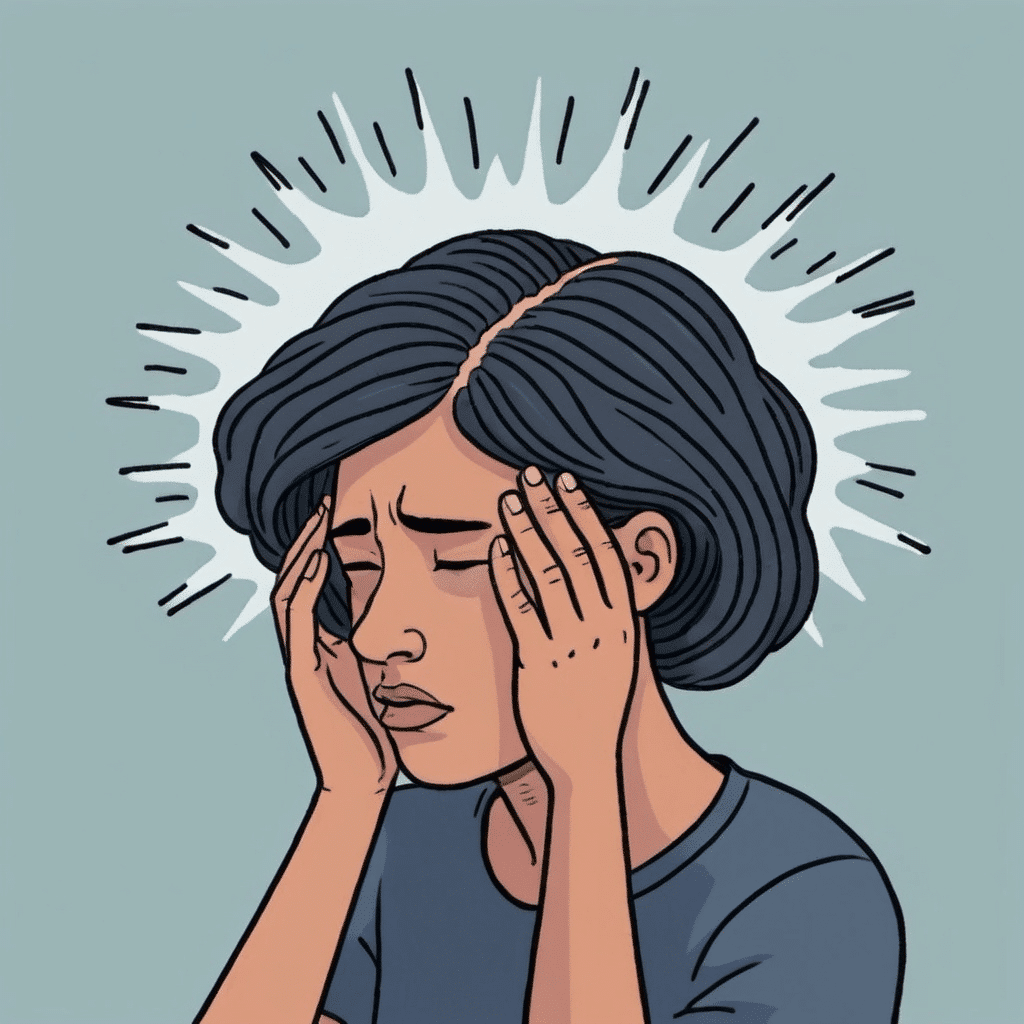When you welcome a customer into your practice, you may sometimes observe signs of social unease, such as a shifty gaze, a hesitant voice or a closed posture. If a person expresses marked stress at the idea of communicating or being observed, this may indicate a form of social anxiety. But how can we distinguish between a passing shyness and a real disorder?
| Contents: Social anxiety: an often underestimated fear Diagnosing social anxiety disorder Differentiating social anxiety from other disorders Addressing treatment How to make recovery more accessible? Encouraging recovery |
Social anxiety: an often underestimated fear
Social anxiety disorder affects around 13% of people at some point in their lives. Each year, it affects nearly 9% of women and 7% of men. The disorder is characterized by a marked fear of being judged or evaluated negatively in social situations. This fear can be so intense that the person avoids these situations, or suffers them with a strong sense of discomfort, compromising quality of life and relationships. The situations most often concerned are the following:
- Performing an action in public, such as speaking, reading or playing music
- Eating in the presence of others
- Meet new people
- Engage in conversation with many people
- Signing documents in the presence of witnesses
- Going to the toilet
People fear being judged negatively if they can’t meet other people’s expectations. They may feel embarrassed, humiliated, rejected or offended by others when they feel observed. Some people admit to having excessive fears, while others do not.
Diagnosis of social anxiety disorder
In order to diagnose a social anxiety disorder, the fear or anxiety experienced must correspond to the following criteria:
- Intense and long-lasting (> 6 months)
- Present in one or more social situations
- Fear of being badly perceived by others
- Present in the same situation(s)
- Disproportionate to the real danger
- Leads the person to avoid the situation or experience it with great discomfort
- Prevents daily functioning and causes suffering
Differentiating social anxiety from other disorders
It’s essential to distinguish social anxiety from other conditions, such as agoraphobia or panic disorder. While social anxiety focuses on fear of the judgment of others, these other disorders are often linked to specific fears, such as fear of open spaces in the case of agoraphobia.
Treatment approach
Once social anxiety has been confirmed, the first step is hygienic dietary advice (stopping coffee, physical exercise). Social anxiety disorder often persists in the absence of treatment, prompting people to develop strategies that are effective, but can be deleterious in other respects. For example, self-medication with cannabis or alcohol can lead to substance use disorder. The most effective combination of approaches to date is as follows:
- Cognitive-behavioural therapy (CBT ) is one of the most effective approaches to treating social anxiety. It helps patients identify and modify the negative thoughts and behaviors that contribute to their anxiety, particularly through gradual exposure to problem situations. Through relaxation techniques and stress management exercises, CBT helps patients regain lasting emotional balance.
- Antidepressants such as selective serotonin reuptake inhibitors (SSRIs) and serotonin-norepinephrine reuptake inhibitors (SNRIs) or benzodiazepines (less frequently, as they interfere with CBT) may be prescribed to relieve acute symptoms. Beta-blockers can also be used to treat physical symptoms during a crisis.
How can we make healing more accessible?
- Start with small positive actions: practice deep breathing, take a few minutes to relax before a situation you anticipate as difficult.
- Professional support: Consult your GP or psychiatrist for sound medical advice.
- Surround yourself with caring people: Social support helps reduce anxiety and make you feel understood.
- Relaxation: massages, walks, meditation; every soothing gesture counts.
Conclusion
Providing a safe space, establishing caring communication and adapting your gestures to respect each person’s comfort can help ease some of their anxiety. As a manual therapist, you help to ease their physical tensions, often linked to their emotional state. Your role is not to diagnose, but to be alert to these signs and encourage clients to consult qualified professionals if necessary. Every step, however small, towards better management of social anxiety is a valuable advance. Patience and support are essential in this journey towards serenity.
To remember:
- Social anxiety is characterized by an intense fear of being judged. It affects 13% of individuals and has a major impact on their daily lives.
- Frequent symptoms: avoidance, discomfort, fear of public speaking.
- Recommended treatments include cognitive-behavioural therapy and pharmacotherapy.
- Healing is a long process in which each new positive experience is a step towards a more peaceful social life.
Sources :
- American Psychiatric Association (2022). Diagnostic and Statistical Manual of Mental Disorders: DSM-5-TR.
- The MSD manual. Social anxiety disorder. Website: msdmanuals.com. 2023
- Vidal. Generalized anxiety disorder. Website: vidal.fr. 2021

